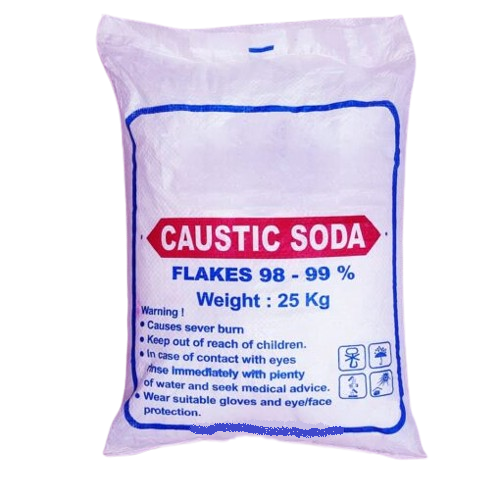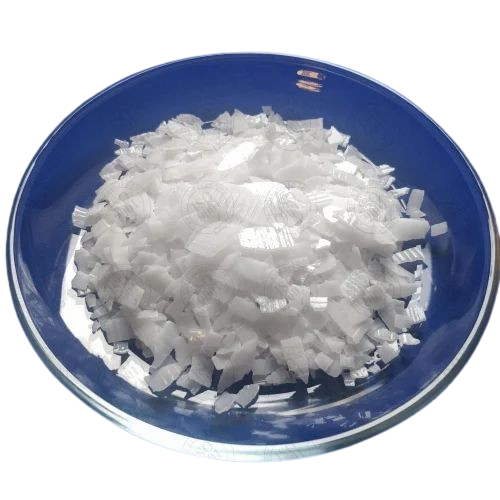What is caustic soda & its uses in Plywood?

What are the uses of caustic soda in the plywood industry?
Caustic soda, also known as sodium hydroxide (NaOH), is a strong alkaline chemical. It is widely used in various industries, including the plywood industry. Here are some key aspects of caustic soda and its applications in the plywood industry:
Caustic Soda (Sodium Hydroxide):
- Chemical Formula: NaOH
- Physical State: Typically a white, solid substance
- Properties: Highly caustic and reactive; soluble in water; often appears as pellets, flakes, or a solution.

Uses of Caustic Soda in the Plywood Industry:
Here’s how caustic soda is typically used in the context of resin manufacturing:
1. Adhesive Production:
- Phenolic Resins: Caustic soda is often involved in the production of phenolic resins, which are commonly used as adhesives in the plywood industry. Phenolic resins provide strong bonding properties, making them suitable for the lamination of plywood layers.
Polymerization and Neutralization:
Caustic soda is often used in the production of certain types of resins through a process called polymerization. For example, it may be involved in the production of phenolic resins. In this process, phenol (an organic compound) reacts with formaldehyde in the presence of caustic soda as a catalyst. This reaction leads to the formation of the resin.
Adjusting pH:
Caustic soda is an alkaline substance, and its addition to a resin formulation can be used to adjust the pH of the mixture. Controlling the pH is important in various chemical processes to optimize reaction conditions.
2. Water Treatment:
- Boiler Water Treatment: In plywood manufacturing, boilers are often used for the steam required in various processes. Caustic soda is sometimes used in water treatment to control pH and prevent corrosion in boilers.
3. Chemical Treatment:
- Neutralization: Caustic soda may be used for neutralizing acidic substances in wood or in the manufacturing process to achieve a desired pH level. This can be important in maintaining the quality and characteristics of the plywood.
Caustic Soda Handling Precautions:
Handling caustic soda requires strict adherence to safety precautions due to its highly corrosive nature. Here are some essential safety precautions for handling caustic soda:

- Protective Equipment:
- Wear appropriate personal protective equipment (PPE) such as chemical-resistant gloves, goggles, and a face shield. Ensure that the PPE is made of materials that are resistant to caustic soda.
- Protective Clothing:
- Use chemical-resistant clothing, including coveralls, to minimize skin exposure. Ensure that clothing covers the entire body to prevent contact with caustic soda.
- Eye Protection:
- Wear chemical splash goggles or a full-face shield to protect the eyes from splashes. In the event of eye contact, use an emergency eyewash station immediately.
- Ventilation:
- Work in well-ventilated areas to minimize inhalation of caustic soda vapors. If working in confined spaces, use proper ventilation or wear respiratory protection as needed.
- Handling Procedures:
- Handle caustic soda with care to avoid spills or splashes. Use appropriate tools and equipment for transfer and dispensing. Do not use aluminum or zinc containers, as caustic soda reacts with these metals.
- Emergency Equipment:
- Ensure the availability of emergency equipment, including eyewash stations, safety showers, and fire extinguishers. Familiarize yourself with the location of these facilities.
- First Aid:
- Be trained in first aid procedures for caustic soda exposure. In case of skin contact, immediately wash the affected area with plenty of water. For ingestion or inhalation, seek medical attention promptly.
- Storage:
- Store caustic soda in a dedicated area away from incompatible materials. Use appropriate containers made of materials resistant to caustic soda. Clearly label containers with the necessary safety information.
- Spill Response:
- Have a spill response plan in place. In the event of a spill, neutralize and clean it up following established procedures. Use appropriate absorbent materials and protective equipment.
- Training:
- Ensure that personnel handling caustic soda are adequately trained in safe handling procedures, emergency response, and the proper use of protective equipment.
- Transportation:
- Follow safety guidelines during the transportation of caustic soda. Use suitable containers, secure them properly, and comply with transportation regulations.
Always refer to the specific safety guidelines provided by your organization, as well as any regulatory requirements in your region, when handling caustic soda or any other hazardous substances.